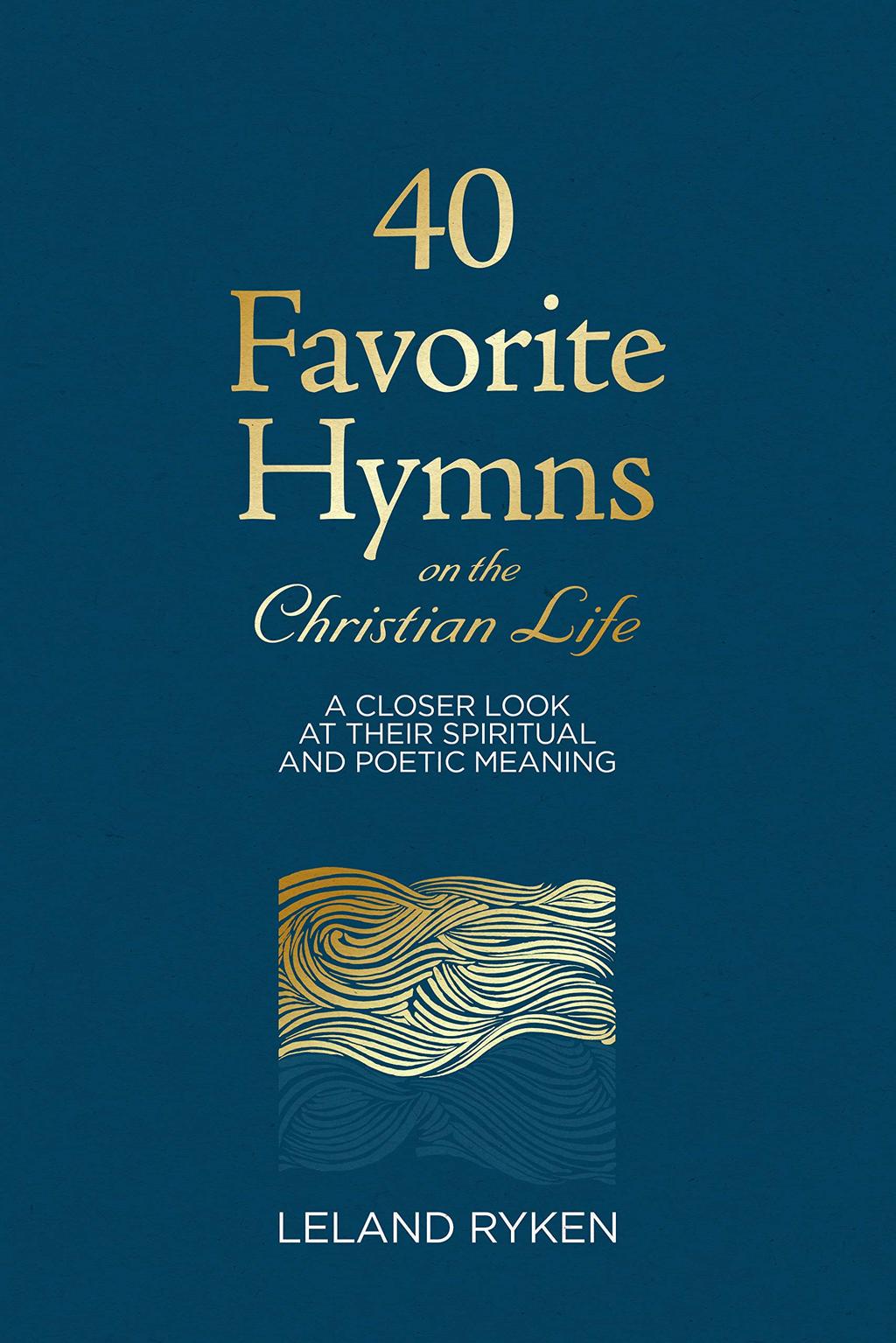
Leland Ryken
Reviewed by: Stephen A. Pribble & Timothy P. Shafer
40 Favorite Hymns on the Christian Life: A Closer Look at their Spiritual and Poetic Meaning, by Leland Ryken. Phillipsburg, NJ: P&R, 2019, 156 pages, $15.99. Reviewed by OP pastor Stephen A. Pribble.
Christians treasure hymns for their devotional and doctrinal insights, but Leland Ryken’s book 40 Favorite Hymns on the Christian Life helps the reader to appreciate hymns as poetry. Ryken, professor of English emeritus at Wheaton College and author of dozens of books, including How to Read the Bible as Literature, The Soul in Paraphrase, and a favorite of mine, Worldly Saints: The Puritans as They Really Were, observes that “every hymn is a poem first, and only later becomes a hymn” (11). Ryken is a knowledgeable guide to help fellow Christians view hymns as poetry, and thus better understand their structure, tone, verbal images, rhetorical and literary techniques, figures of speech, and meaning.
The Apostle Paul declared, “I will sing with the spirit, and I will sing with the understanding also” (1 Cor. 14:15 KJV, emphasis added). Understanding the meaning of a hymn enables the worshiper to communicate that understanding to others, as the congregation fulfills its divinely-ordained role of “teaching and admonishing one another” (Col. 3:16).
Ryken has selected forty favorite hymns from the twelfth to the twenty-first centuries. All but one (“In Christ Alone”) appear in the revised Trinity Hymnal (1990), so many of these will be familiar to Orthodox Presbyterians (the new Trinity Psalter Hymnal has 35). Each entry includes the hymn text, commentary, and a Bible passage to encourage devotional reflection. Some entries tell the story of the hymn’s origin, but the emphasis is on the poetry itself. Here are some nuggets; there are many more.
“Holy, Holy, Holy” “belongs to a very elite circle of hymns that are included in nearly every English-language hymnbook.” I personally have sung this hymn for nearly seventy years and never noticed that “there is a single rhyming sound (the long ē) for the entire poem”—fascinating!
Ryken tells us that “Amazing Grace” is “the signature hymn of the English-speaking world,” although the version he shares does not have the words “dissolve like snow” and “refuse to shine” that appear in Newton’s original (23). This hymn “roots us in the fallen earthly order but promises us the best that can be imagined.” It “takes us from the moment of conversion to eternity in heaven.”
Ryken helpfully ties the imagery of “Like a River Glorious” with scriptural imagery: “the river whose streams make glad the city of God” (Ps. 46), “the still waters of Psalm 23:2,” and “the river that flows from the throne of God” (Rev. 22).
With regard to the popular “In Christ Alone,” Ryken writes that “the modern spirit of the poem is seen in its fluid arrangement.”
The book is beautifully designed, typeset, and edited. A glossary of literary terms is included. I found it especially helpful in trying to understand “vows of renunciation,” which are mentioned twice. The book could be improved by the addition of a Scripture index. Recommended.
~~~~~~~~~~~~~~~~~~~
Click here for a second review of this book by OP elder Timothy P. Shafer.
April 27, 2025
The Devoted Mind: Seeking God’s Face in a World of Distraction
April 20, 2025
April 13, 2025
Suffering: God’s Purpose in Our Pain
April 06, 2025
Sunday Matters: 52 Devotionals to Prepare Your Heart for Church
March 30, 2025
On the Trail with a Missionary
March 23, 2025
Midnight Mercies: Walking with God Through Depression in Motherhood
March 16, 2025
© 2025 The Orthodox Presbyterian Church